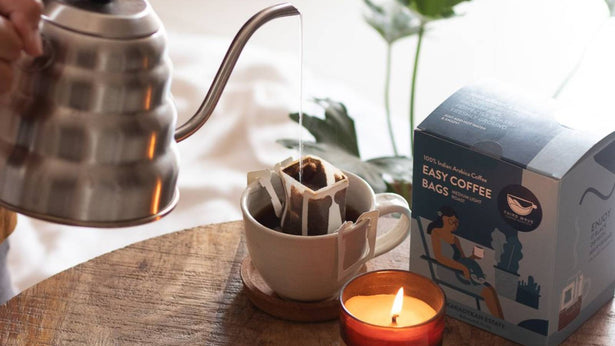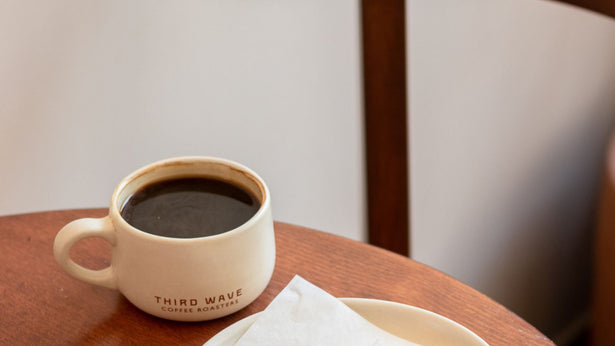World of specialty coffee is one with a dizzying array of choices, but that’s what makes it so wonderful! It gives you the option to explore different coffees in a way that is unique: your personal preference, different origins and different brewing methods can all be tried in various combinations to create a different cup each time.
Specialty coffee is all about paying attention to small details at different stages to provide the best thoughtful coffee experience. We’re going to be discussing one such stage today: Roast Profiles


